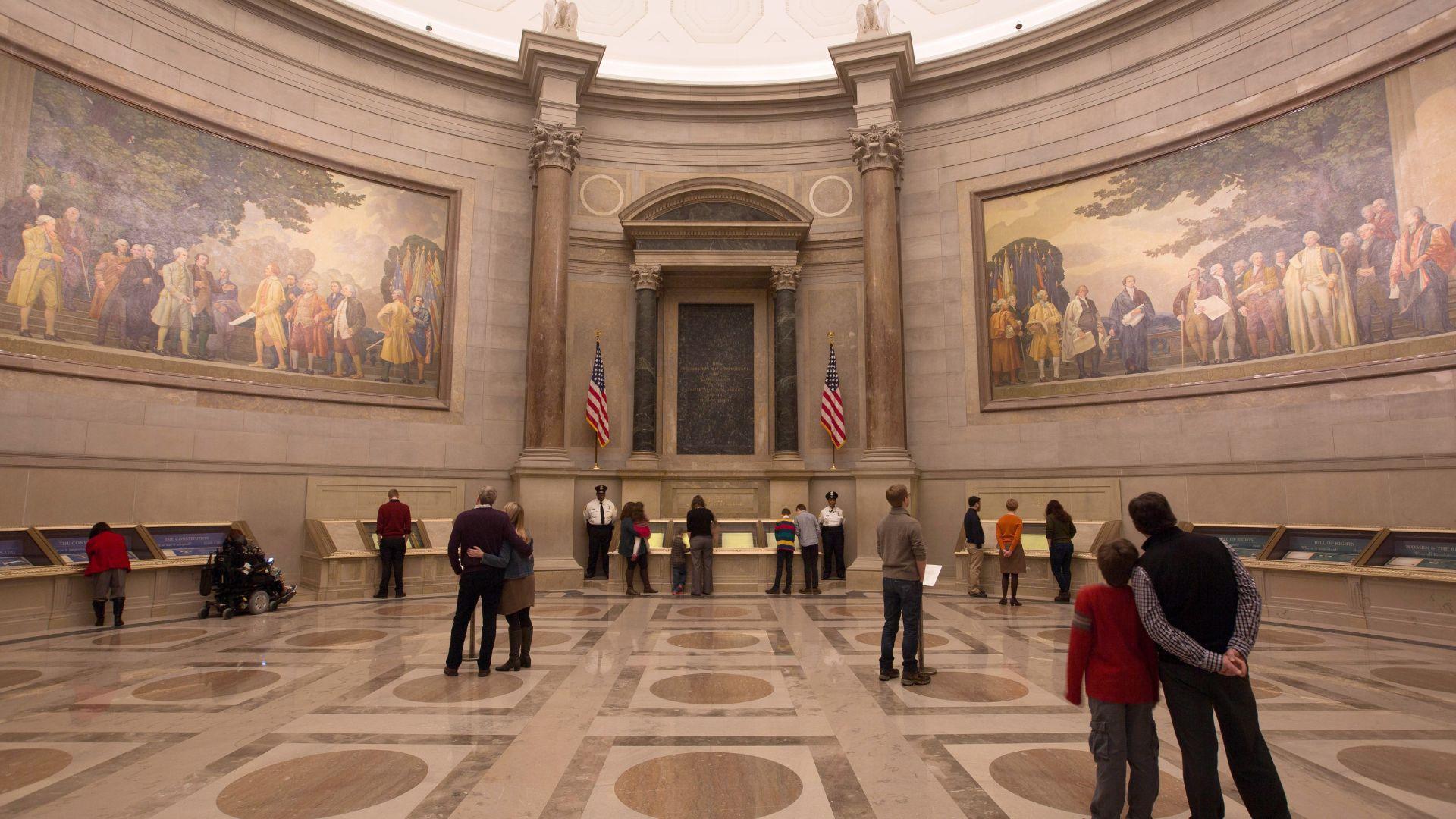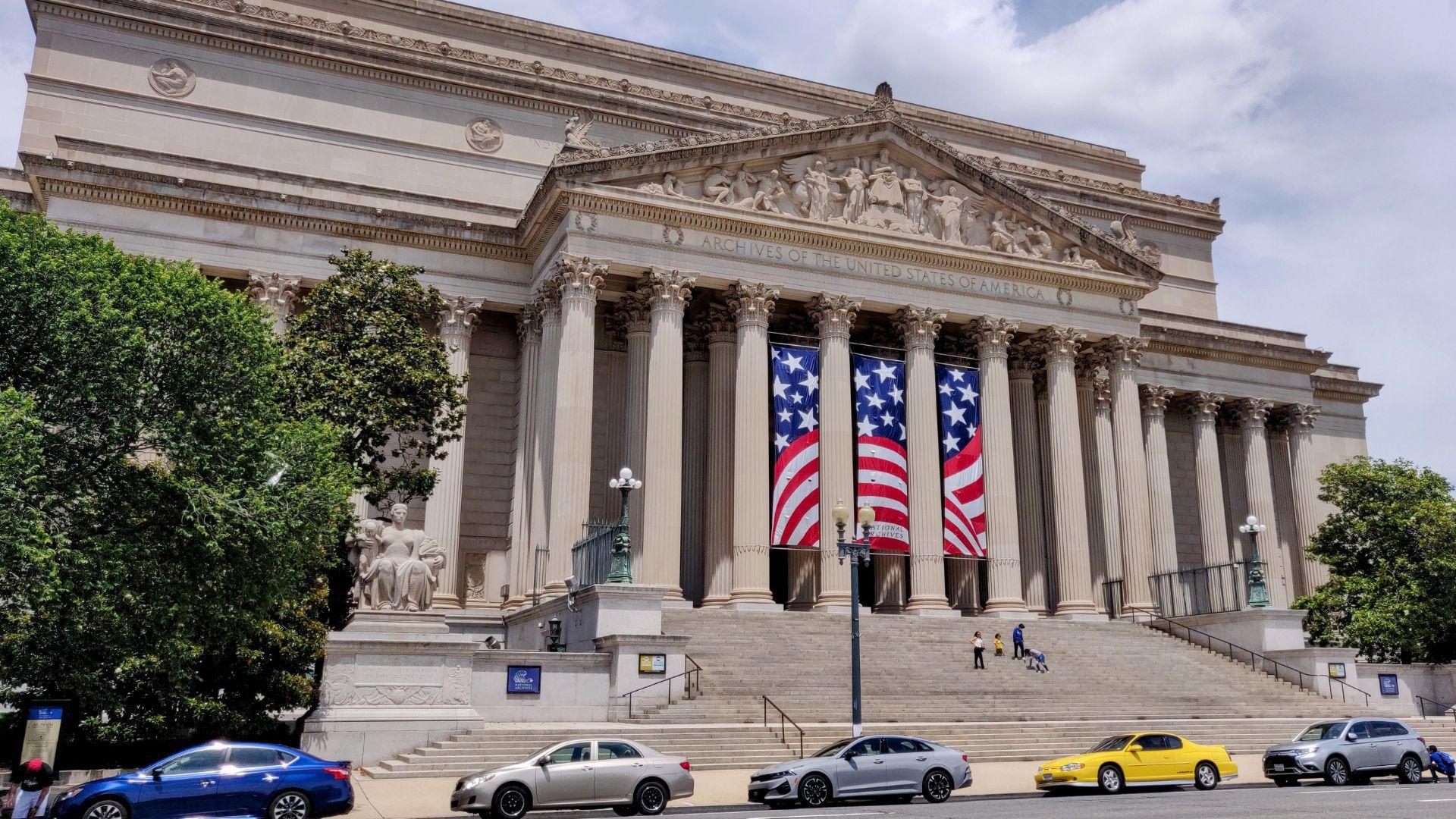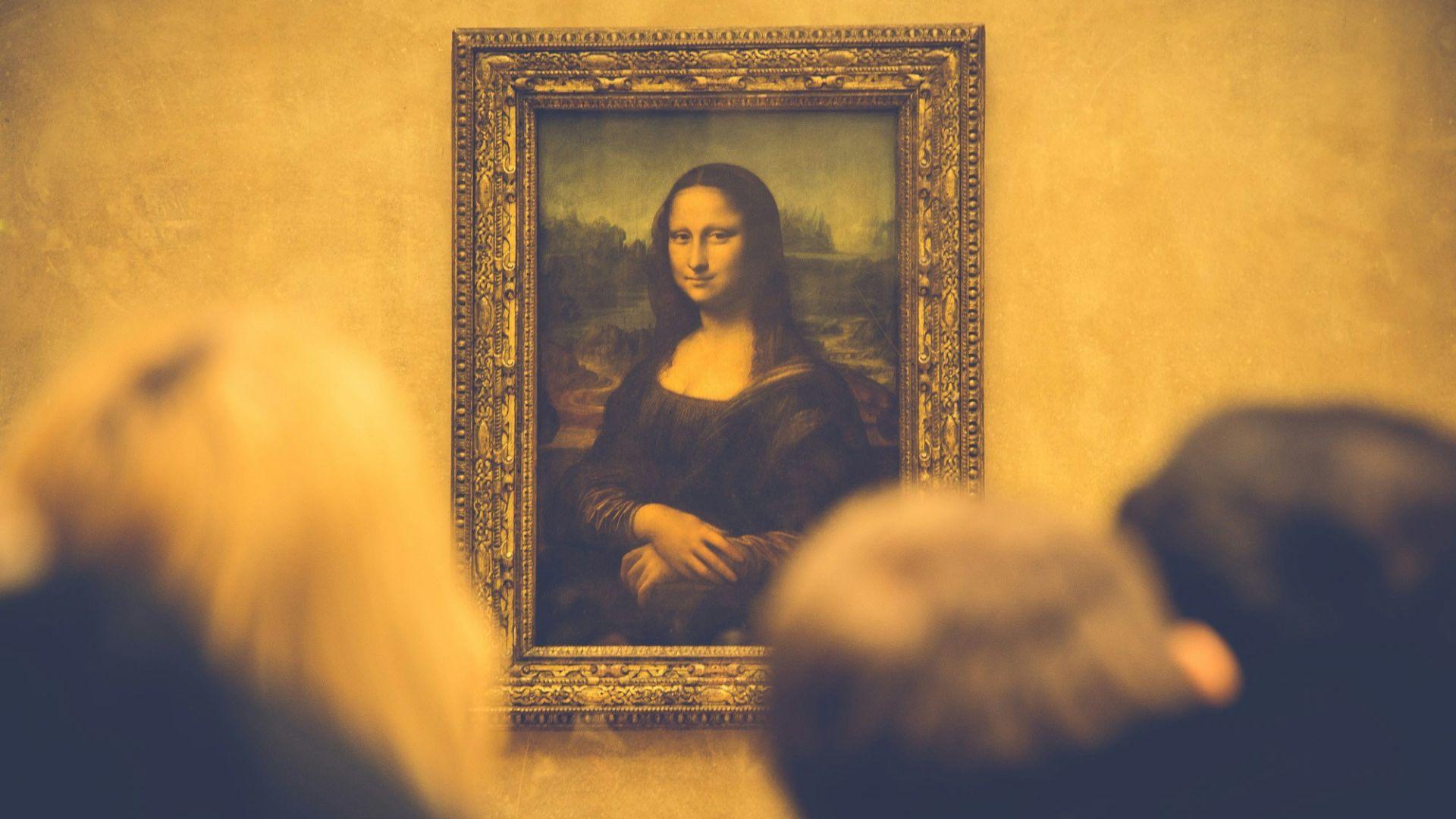Activists Who Threw Red Powder on the U.S. Constitution Now Face Felony Charges
Two climate change activists have been charged with felonies after throwing red powder on the display case that holds the U.S. Constitution. In protest, these two activists entered the National Archives last month and dumped the powder.
After arresting these protestors, the Justice Department has now updated the public about what exact charges these two are facing.
Activists Facing Felony Charges
According to a newly unsealed indictment in the District Court, two people have been charged with felonies after the red powder incident at the National Archives. Donald Zepeda, 35, and Jackson Green, 27, are charged with felony destruction of government property.

Source: Chris Boese/Unsplash
The Department of Justice states that, if the damages exceed $100, the defendants may have to pay a fine of up to $250,000. They could also face up to ten years of imprisonment.
What the Activists Did
In February 2024, two activists dumped an unknown red powder substance on top of the display case that holds the U.S. Constitution. After this occurred, the National Archives building was quickly shut down as workers tried to clean up the mess.

Source: Public Domain/Wikimedia Commons
All the National Archives buildings and galleries were evacuated after this event occurred. The protestors, who also poured red powder on themselves, were arrested by D.C. police who arrived at the scene.
A Climate Change Protest
These two activists were reportedly protesting climate change and, seemingly, the government’s inaction, in their view, of helping keep natural resources clean.

Source: Markus Spiske/Unsplash
In a video posted to X, formerly known as Twitter, the two men can be seen covered in red powder and talking while standing in front of the Constitution. “We all deserve clean air, water, food and a livable climate,” one of them said.
The Cost of Cleaning Up the Powder
Quickly after the protestors were arrested and the National Archives were evacuated, conservationists started cleaning up the building and the Constitution’s display case.

Source: Public Domain/Wikimedia Commons
Already, the cost of cleaning up this destruction has reached $50,000. It’s taken employees a long time to clean up the mess, especially because they weren’t sure exactly what this unknown powder was, or what it consisted of.
A Careful Cleaning
Therefore, conservationists were concerned about what using water or liquids would do to the powder. To stay on the safe side, they did not use any when cleaning up the red powder.

Source: Public Domain/Wikimedia Commons
Though the powder did end up in all the little areas of the display case, none of it “penetrated the casing” or got through to the U.S. Constitution.
Staff Kept the Rotunda Closed
As employees worked to clean up the area carefully, they kept the rotunda closed for four days. They soon learned that the powder consisted of pigment and cornstarch. However, the powder was also incredibly fine.

Source: Edmond Lau/Unsplash
Because of its fineness, an industrial vacuum couldn’t pick it up. This left employees working “on their hands and knees until midnight,” trying to clean it all up. The next day, they still had to get to work cleaning up this powder.
A Change in Climate Protesting
Vandalizing art or national documents in protest isn’t necessarily new. In 1914, a suffragist in London slashed a canvas painting with a meat cleaver in protest of the arrest of another suffragist.

Source: Artur Matosyan/Unsplash
However, in modern times, the attempt to vandalize art has become popular among climate change protestors in the U.S. and around the world. This act remains controversial for many.
Climate Activists in Italy
Around the same time as the red powder attack in the National Archives, two climate activists in Florence, Italy, attacked images of Tuscany’s recent flood damage to Botticelli’s “The Birth of Venus.”

Source: Markus Spiske/Unsplash
This protest was much less destructive than the red powder incident. The protestors were quickly arrested and the photos were instantly removed from the display case holding the iconic painting. Within 15 minutes, the room was reopened to the public.
Activists Target the Mona Lisa
In Paris, climate protestors sought to bring attention to their cause by throwing soup at the “Mona Lisa” painting at the Louvre Museum in January of 2024. These two women shouted, “What’s the most important thing? Art, or right to a healthy and sustainable food?”

Source: Mika Baumeister/Unsplash
After throwing the soup, they were quickly arrested by police. The painting remains behind a glass display case, so it wasn’t harmed by their actions.
A Growing Trend
In the past few years, climate activists have targeted museums around the world. The “Mona Lisa” has been a frequent target, though the protective glass has always kept it from actual harm.

Source: Eric TERRADE/Unsplash
In 2022, two activists threw mashed potatoes at “Les Meules,” a Claude Monet work located in Germany. Similar instances have been seen in London, Rome, and The Hague. Now, D.C.’s National Archives is added to this growing list.
The National Archives Statement
After the red powder attack, the National Archives released a statement that condemned this vandalism.

Source: Tim Mossholder/Unsplash
“The National Archives Rotunda is the sanctuary for our nation’s founding documents. They are here for all Americans to view and understand the principles of our nation. We take such vandalism very seriously and we will insist that the perpetrators be prosecuted to the fullest extent of the law,” the statement said.
